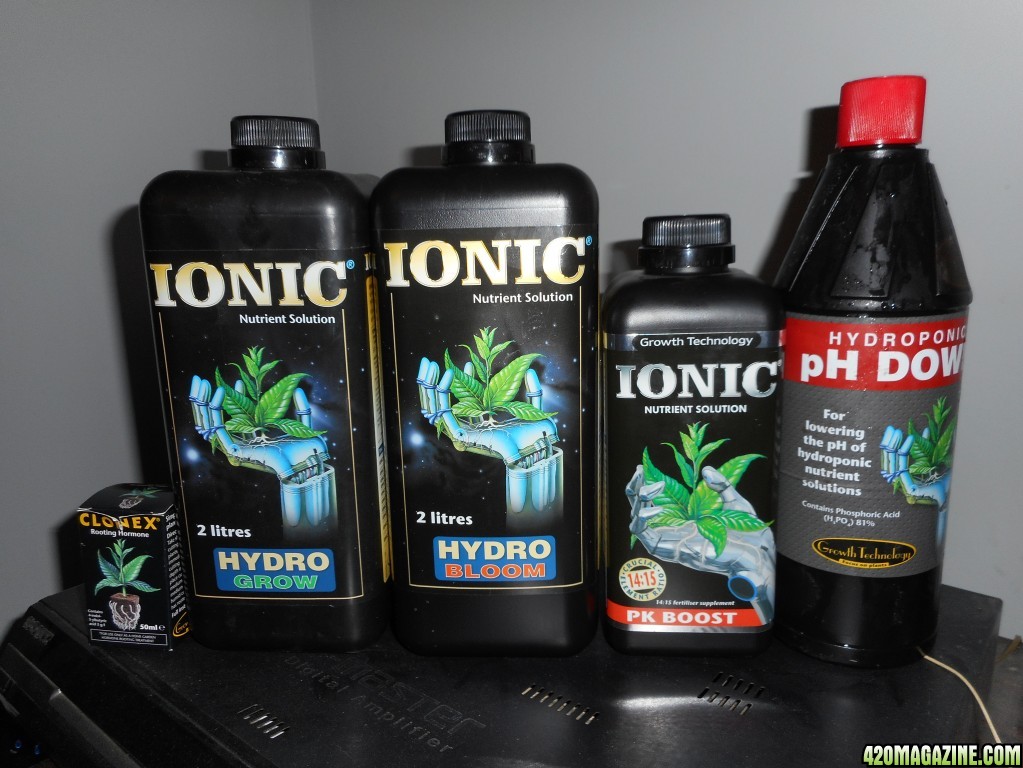STOP
New Member
cant help you there buddy,i only do hydro and only use 3 bottles through out my grow.no knowledge about your molasses... .
to technical for me ,i like easy grows.happydays
peace

to technical for me ,i like easy grows.happydays
peace



 , but I am a lot more productive sitting at my desk, with a monitor browser tabs setup to flick between my plants. I dont have to jump up and run out to the garage to check on them. In fact, I am going days with out touching them, now that I know I can trust my data points.
, but I am a lot more productive sitting at my desk, with a monitor browser tabs setup to flick between my plants. I dont have to jump up and run out to the garage to check on them. In fact, I am going days with out touching them, now that I know I can trust my data points. I'm a red hat certified engineer if you need any Linux help.
I'm a red hat certified engineer if you need any Linux help. 



